Intruder in the Dust (1949)
“I don’t want help — I pays my way.”
|
Synopsis: |
|
Genres, Themes, Actors, and Directors:
Review: The film centers on a young man (Jarman) steeped in his town’s culture of white supremacy, forced to acknowledge and deal with the cognitive distortions that arise when his life is saved by Hernandez and Hernandez rejects payment of any kind. Jarman’s anger at Hernandez — including his desire for the “revenge” of paying Hernandez to complete their “transaction” — is a bold narrative choice, refusing to sugarcoat the intensely personal and challenging process of dismantling racism. Indeed, the entire film could be viewed as an exercise in revealing and exposing racism on every level — from the overtly murderous cries of the lynch-happy white mob, to Jarman’s internalized fury, to Brian’s initial conviction that nothing can ultimately save Hernandez, regardless of his guilt or innocence. The storyline is atmospherically filmed (by Robert Surtees) throughout, with the very-real threat of white violence present around every corner, adding to the film’s authentic sense of danger — yet there are pleasant surprises as well, primarily the inclusion of a feisty old woman (Patterson) who accepts that it’s her responsibility to help out in whatever way she can. Indeed, without Patterson’s seemingly random presence as Jarman is talking about the matter with Brian, the film wouldn’t progress as it does. The scene of Patterson and Elzie Emanuel (playing the teenage son of Jarman’s family servants) driving along in her rickety jalopy to the cemetery while Jarman rides a horse in front of them is a truly surreal one: as is the entire scene that ensues. The gradual discovery of proof exonerating Hernandez is simultaneously miraculous and numbingly mundane — a vivid anecdote of how many black men in American have been killed on circumstantial “evidence” alone. Redeeming Qualities and Moments:
Must See? Categories
Links: |
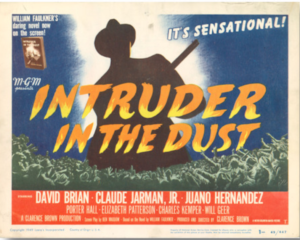
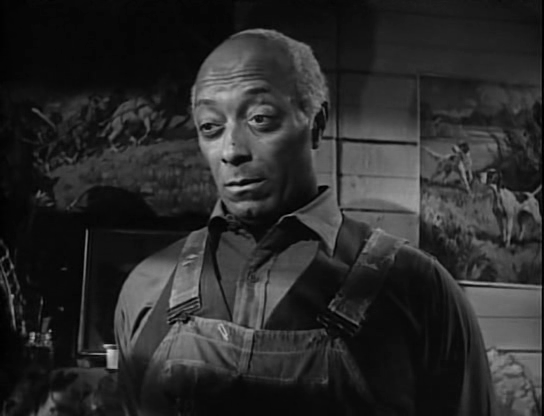
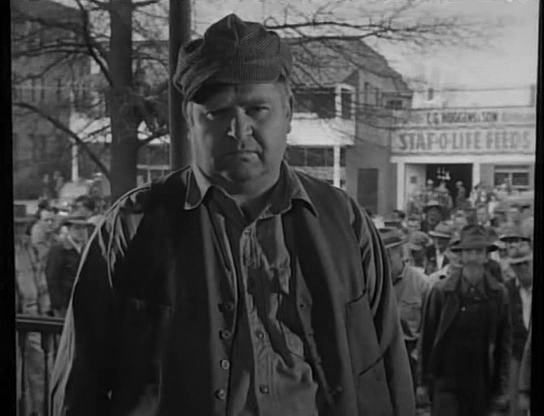
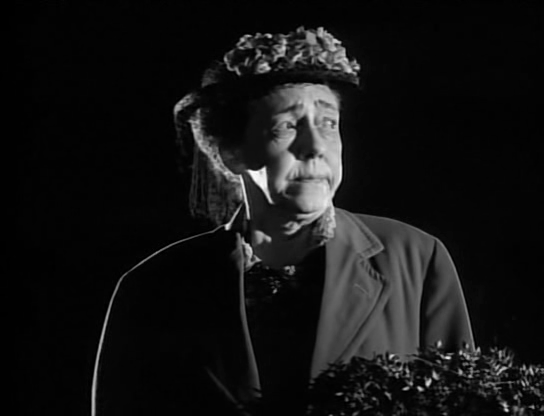

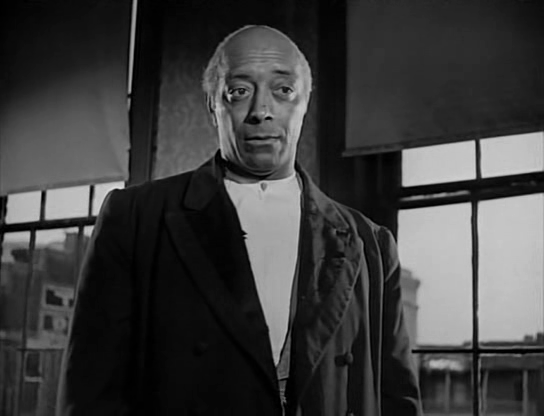
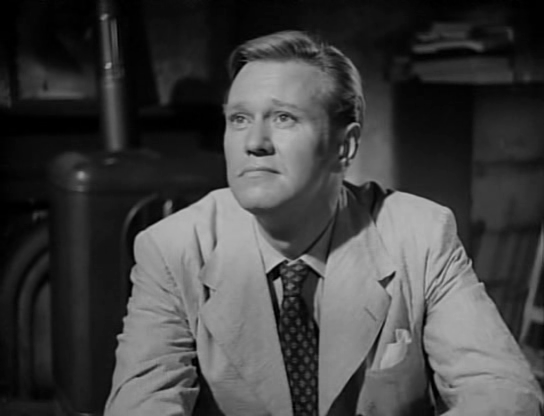



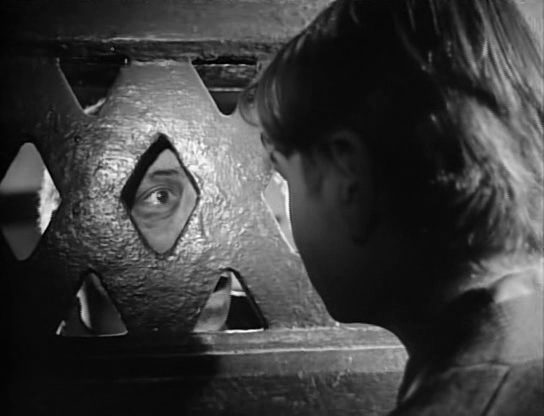
One thought on “Intruder in the Dust (1949)”
First viewing – a must-see, for its solid place in cinema history. As per my post in ‘The ’40s-’50s in Film’ (fb):
“He knew what I didn’t know. What I didn’t have sense enough to know.”
‘Intruder in the Dust’ (1949): A few years after his film debut (at 12) in ‘The Yearling’, Claude Jarman Jr. was again chosen by director Clarence Brown to star in a film; this time to more stirring effect. In what is something of a forerunner to ‘To Kill a Mockingbird’, Southern racism is on stark display as a black man (Golden Globe-nommed Juano Hernandez) is snapped up as the murderer of a white man. William Faulkner wrote the source novel – and, upon seeing the (apparently rather faithful) film version, remarked, “I’m not much of a moviegoer, but I did see that one. I thought it was a fine job. That Juano Hernandez is a fine actor–and man, too.” (The movie was shot in Faulkner’s hometown of Oxford, Mississippi.) Faulkner’s book was well-served by the efficient, incisive script by Ben Maddow (who would work twice with John Huston: ‘The Asphalt Jungle’ and ‘The Unforgiven’). I was struck by the inclusion of several scenes showing groups of lazy white people simply staring in apathetic yet self-serving anticipation of “white justice”. David Brian co-stars as Jarman Jr,’s lawyer uncle – and he was also GG-nommed, but the one who makes a real bid for picture-stealing is Elizabeth Patterson as 80-year-old Miss Eunice Habersham, an unexpected but feisty heroine (she’s especially good – and humorous – in a confrontational sequence near the end). Brown’s film was groundbreaking on its release – it contains what must have been a startling liberty taken with ‘the N-word’. It gains solid momentum as it progresses, contains some genuine surprises, and remains a potent, essential film.